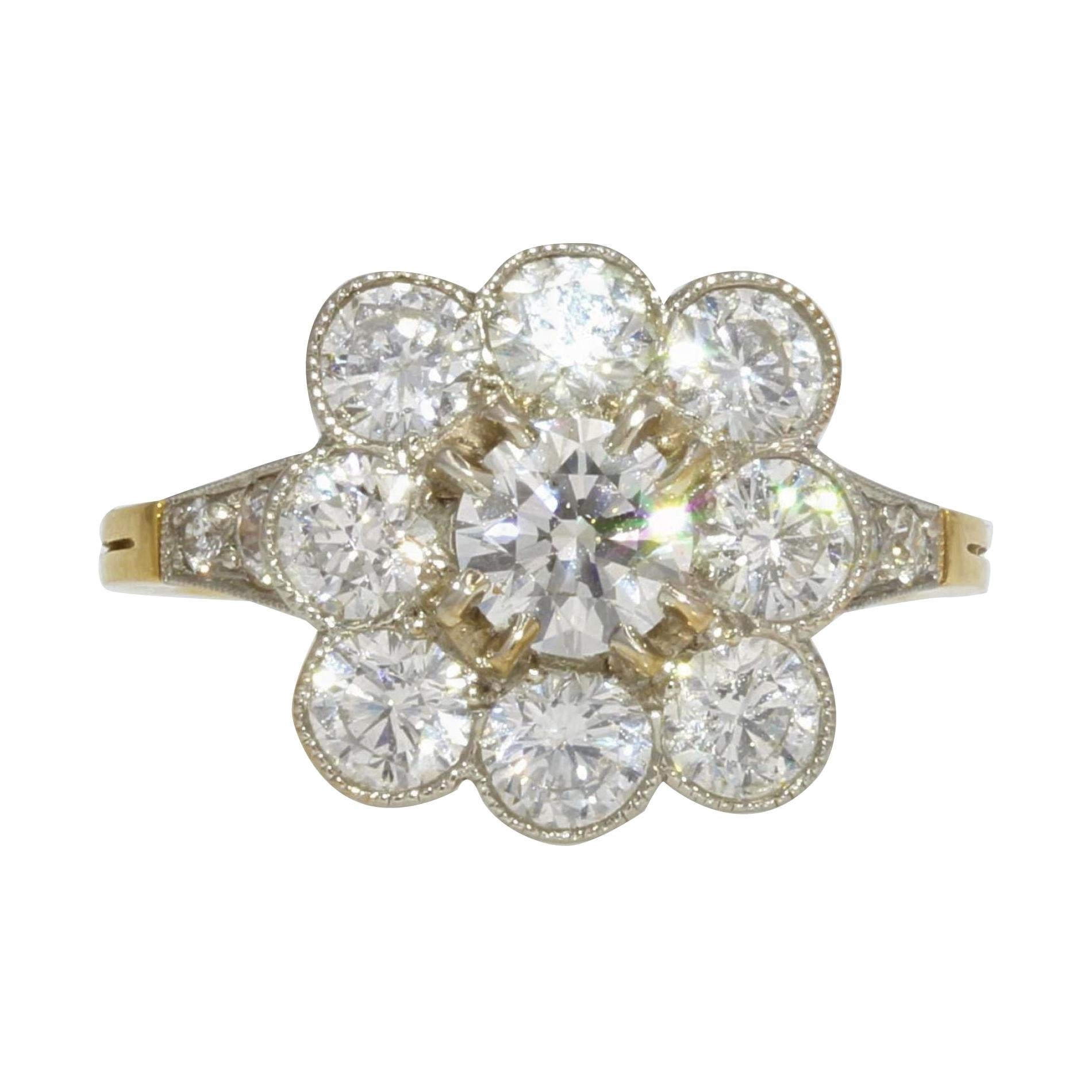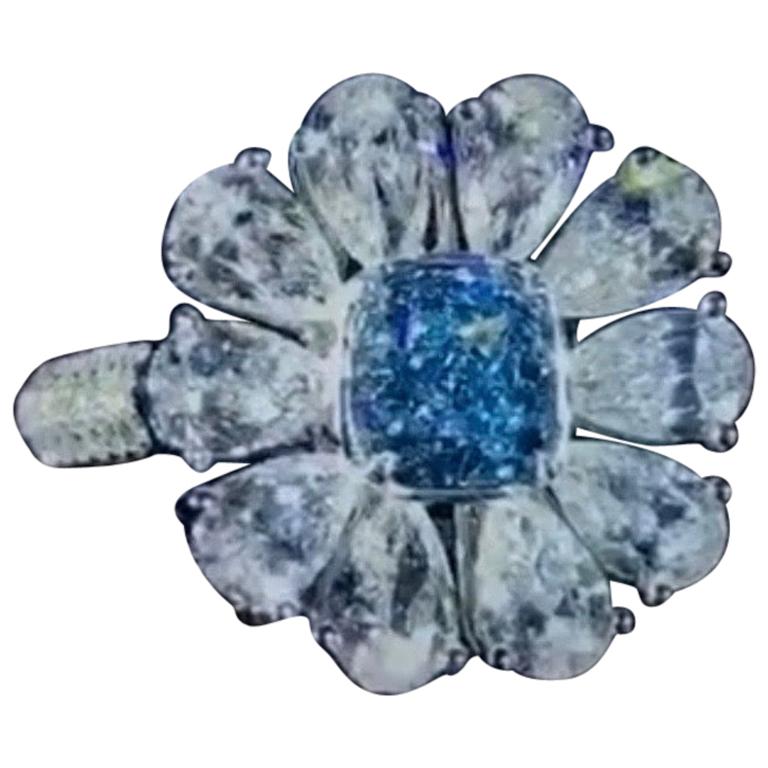
But watch out for a change of grid - for example, the price of a 0.99 carat D VVS2 round cut diamond is not the same as that of a 1 carat D VVS2 round cut diamond, as For example, a 0.65 carat G VS2 brilliant cut diamond will have a slightly higher value than a 0.63 carat G VS2īrilliant cut diamond. The price is always calculated according to the carat weight of the stone. The carat price increases with every change of grid. This list is divided into different price grids according to the carat of the diamond, for example there is a price list for 0.40 to 0.49 carat and another one for 0.50 to 0.59 carat. Diamond merchants use the Rapaport price list to calculate the price ofĭiamonds. The value of a 1 carat diamond will not be twice that of a 0.50 carat diamond as price is not proportional to weight. The weight of the stone has a direct effect on its value, the greater it is, the higher its value. These scales must be sufficiently accurate, to at least one tenth of a carat. The second of the "4Cs" is the carat weight of the diamond which is expressed in carats: 1 carat = 0.20 gram.Ĭarat scales are used to weigh the diamond but they can also be used to weigh precious stones and gemstones. As the diamond market is based on supply and demand, it follows that the value of a brilliant diamond is higher than the Other shapes, known as "fancy cut" diamonds, much less sought-after. Indeed, the round brilliant cut is the most popular shape of diamond, with the

It should be noted that the price of a round brilliant diamond will be higher than other diamond cuts.

Certain devices are needed toĪssess this cut quality and to determine whether or not the stone has good proportions. While it is easy toĭetermine the cut shape of a diamond, it is not so easy to determine if this diamond has the right dimensions, is well-proportioned: if it has a good cut quality. ? This criteria is easy to determine as you only need to look at a diamond in order to identify the shape of the stone's cut. Is it round brilliant, emerald, princess, etc. Indeed, in order to calculate the price of a diamond, we need to know its cut shape: The first of the "4Cs" is the "cut" of a diamond which refers to both its cut shape and its cut quality. Let's now look at these famous "4Cs" in more detail: Recorded on this gemological certificate and the information on it indisputable (if, and only if, this certificate was issued by one of the three most trusted independent laboratories in the That is why it is so important to have a grading report that indicates the characteristics of the diamond: this serves as the diamond's identity card.

There only has to be a difference in the color grade and/or clarity grade for there to be a difference in the price Professionals would not agree on the color and clarity grade of your stone. If you were to take this diamond to several jewelry stores or diamond merchants to have it valued, it is very likely that you would get different value estimations, simply because the It, as while is easy to visually determine its cut (round brilliant, oval, pear, etc.) and to weigh it (using carat scales), the other two criteria (color and clarity) are much more subjective If the diamond does not have a report, it will be very difficult to accurately value Very often these diamonds do not have a diamond grading report, or, if they do, it tends to be very old. Sometimes it's a family diamond bought several decades ago, a diamond bought as in investment in the 1970s and 1980s or a Lots of people contact us to ask us how much their diamond is worth. These 4 criteria are needed in order to be able to calculate the price of a diamond. The price is always calculated according to the "4Cs" (the 4 criteria used to grade a diamond) which stand for Cut, Carat, Color and Clarity.


 0 kommentar(er)
0 kommentar(er)
